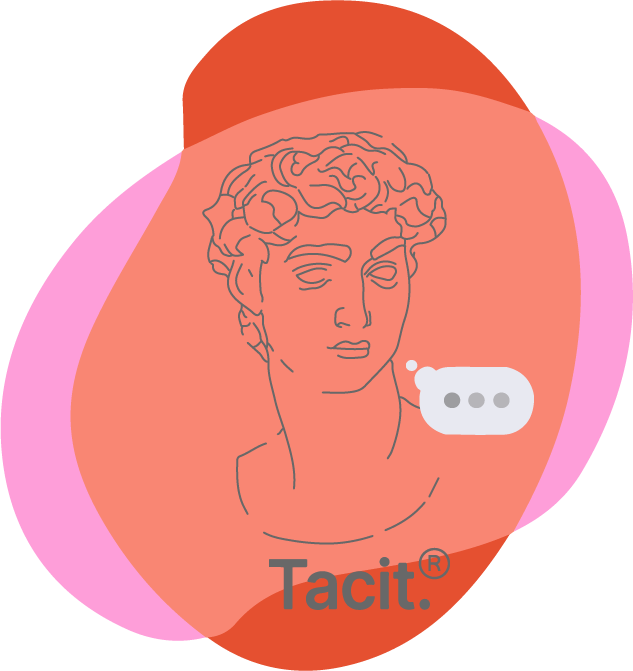Wired Emotions: Unleashing the Power of Wearable Biosensors in Sensory Research for Shower Gels in the US
Unpacking sensorial stimuli: when traditional research comes short due to lack of nuance and comfort to share how we really feel
As human beings, our emotions hold the key to understanding our experiences and shaping our interactions with the world. In a remarkable convergence of technology and psychology, researchers have embarked on an extraordinary journey to decode the complex tapestry of human emotions using wearable biosensors.
Gone are the days of relying solely on self-reports and behavioral observations to comprehend the intricacies of how emotions are evoked. Advancements in wearable biosensors now offer an unprecedented opportunity to capture the intensity and nuances of emotions with scientific precision. What better test than a HUT shower gel test on N=100, both male and female based in the US in 2021.
Sleek wearable devices that collect EEG, ECG, HRV in shower while mobile devices collect facial coding, speech sentiment and upper body movement after the shower experience
These tiny, unobtrusive devices, seamlessly integrated into everyday accessories like wristbands or patches, adeptly monitor vital biological signals. By continuously tracking metrics such as heart rate variability, brainwave patterns and circuity, and even facial expressions, these biosensors provide an invaluable window into our emotional landscapes.
From mapping the spikes of excitement during in shower experiences to the subtle ebs and flows of serenity during moments of fragrance evaluation and contemplation, wearable biosensors enable researchers to not only identify specific emotions but also understand their temporal course.
This newfound potential taps into a realm of applications that extends far beyond academia - and right into our hands, deployed for a global unnamed FMCG company.
Privacy, accuracy and ethical concerns
However, as with every cutting-edge technology, ethical considerations loom large. Protecting privacy, addressing biases, and ensuring informed consent are crucial aspects that demand careful attention as the research community ventures further into this uncharted territory.
This is exactly why we placed so much effort into ensuring transparent yet anonymised recruitment, made sure all respondents can reach our to our DPO to get their data retrieved and deleted permanently - and why we have educational modules and use only CE certified devices to conduct our research. As for consent, all respondents must provide clear and written consent while our company promises to use the gathered data for a single purpose only - no independent research, medical analysis or training of internal or external models will ever be done. Also all data is anonymised and encrypted - and never shared with anyone outside of the company. When it comes to accuracy, we use a wide array of real time cleaning mechanisms to improve the signal to noise ratio, and on an individual level we utilise robust baselining to adapt and train each algorithm to the individual responded - thus ensuring maximum accuracy in this multimodal affective computing study design.
Undeniably, the intersection of sensory research and wearable biosensors holds immense promise. By providing a road map to decipher the unspoken language of emotions, these innovative devices empower us to tune into our own emotional tapestry and build a more empathetic and connected world. So, fasten your biosensor-laden wearables and get ready to explore the below linked case study that dives into the fascinating realms of human emotion like never before!
